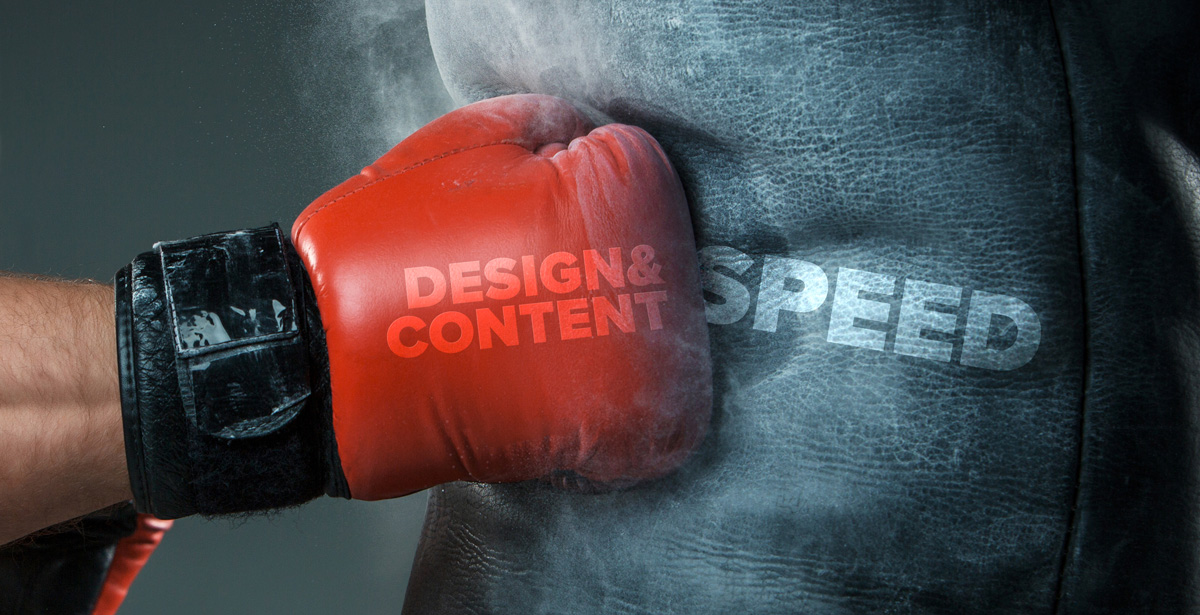
At Thinker Ventures, we’re a little obsessed with load times for our websites.
Thinker, like many companies, uses WordPress as the underpinning of many of our websites. It is simply the best platform to use if you are not custom building a site from scratch.
We take pains to optimize the coding in WordPress that can slow the load times and then we regularly check the speeds through analytics. It’s just good practice, and the accepted wisdom in web development is that a faster-loading website means lower bounce rates.
An April article on the blog Littledata – “How does page load speed affect bounce rate?” – challenges that premise.
The researchers at Littledata collected data from 1,840 Google Analytics web properties and found almost no correlation between page load speed and bounce rate.
We’ve all experienced websites that “take forever” to load. It goes to reason that the longer a site loads, the more likely a user would get frustrated and just click on something else. Littledata floated three theories as to why it wasn’t true in their research.
- Users care more about content than speed.
- Bounce rate is most affected by first impressions of the page.
- Full page load speed is increasingly hard to measure.
The third point, the load speed section, is for data nuts. The first two point to the fact that you need an integrated strategy to create a successful website.
Although web loading time is an emphasis at Thinker, the core of our website capabilities is strong design. We work hard to make companies that produce plastic components look as visually compelling as companies that produce the fittest people. This commitment to design permeates all the extra little things we do, from business cards and magazine ads to our own internal newsletters. Everything runs through design.
Content is the other key that gets lost in the discussion. There are more than 1.2 billion websites online right now, according to Internetlivestats.com. It is estimated that 75 percent of them are inactive, meaning they aren’t updated. They just sit there.
And every day, those sites fall further on the lists of search engines. SEOsitecheckup.com had a good article on how good website content makes your site easier to find. The five takeaways:
- Fresh content = frequent indexing.
- Google loves frequent updates.
- More content, more keywords.
- Fresh content increases your authority potential.
- Keep your audience informed and updated.
The more often you update your website with new articles, web pages and downloads, the more often a search engine will visit your website. That gives you more opportunity to achieve higher indexing.
Just putting anything on your site, though, doesn’t help. It hurts. Search engines are increasingly sophisticated, and if you jam your site with low-quality articles repeating the same keywords, you will be penalized. Keywords remain important, and the more content you add, the better the chance the search bots will find you. The key, again, is quality. The keywords have to fit in naturally.
The goal of any website should be to become an industry “authority” or to entertain. That’s what keeps readers coming back – and that helps more people find you. It’s greater than simply loading your site with page after page of product or service information. Publishing industry news, answering questions from forums, even writing about the people of your business or the process you use in your work adds value.
Again, though, it comes back to content. Is it loaded with typos or grammatical errors? Has it been fact-checked? At Thinker, we have a copy editor on retainer to make sure our site and our clients’ sites have content as clean as the design.
Even in the Internet age, the adage “You only get one chance to make a first impression” remains relevant.


